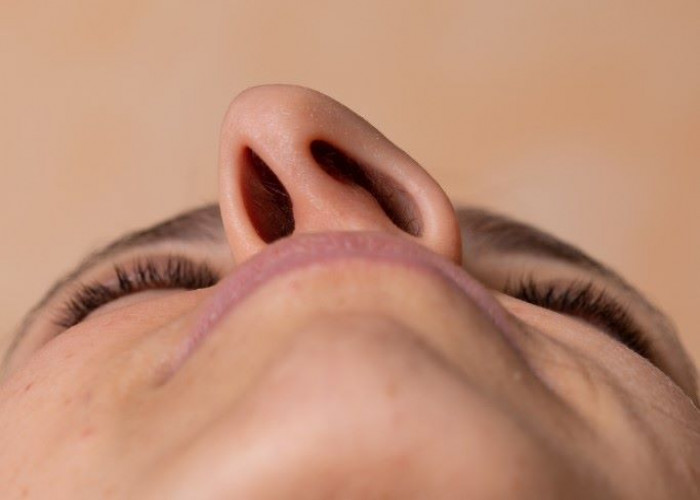 Welcome
Welcome
“May all be happy, may all be healed, may all be at peace and may no one ever suffer."
Deviated septum
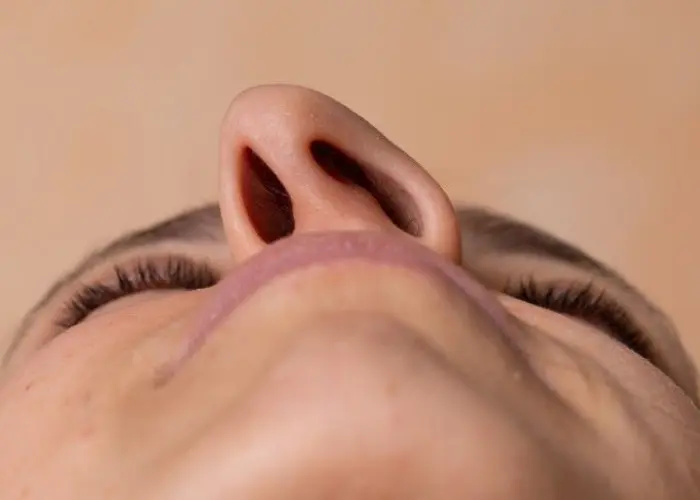
A deviated septum is a condition where the thin wall (nasal septum) that separates the nasal passages is displaced to one side, making one nasal passage smaller than the other. It can occur as a result of a congenital abnormality, trauma to the nose, or aging.
A deviated septum can lead to a number of symptoms, including difficulty breathing through the nose, recurrent sinus infections, nasal congestion, snoring, and sleep apnea. It can also cause facial pain, headaches, and postnasal drip.
Diagnosis of a deviated septum is made through a physical examination of the nose and nasal passages. Imaging tests such as CT scans may also be used to confirm the diagnosis.
Treatment for a deviated septum can range from medications to surgical intervention. Medications such as decongestants, antihistamines, and nasal steroid sprays can help alleviate symptoms. In some cases, surgery may be necessary to correct the deviation. Septoplasty is a surgical procedure to straighten the nasal septum, and it is usually performed as an outpatient procedure under local or general anesthesia.
If you have a deviated septum, it's important to seek medical advice from an ENT (ear, nose, and throat) specialist to determine the most appropriate treatment for your specific condition.
Research Papers
Disease Signs and Symptoms
- Nose bleeding
- Facial pain
Disease Causes
Deviated septum
A deviated septum occurs when your nasal septum — the thin wall that separates your right and left nasal passages — is displaced to one side.
A deviated septum can be caused by:
- A condition present at birth. In some cases, a deviated septum occurs when the fetus develops in the womb and is apparent at birth.
- Injury to the nose. A deviated septum can also be the result of an injury that causes the nasal septum to be moved out of position.
- In infants, such an injury may occur during childbirth. In children and adults, a wide array of accidents may lead to a nose injury and deviated septum. Trauma to the nose most commonly occurs during contact sports, rough play such as wrestling or automobile accidents.
The aging process may affect nasal structures, worsening a deviated septum over time.
Swelling and irritation of the nasal cavities or sinus cavities because of an infection can further narrow the nasal passage and result in nasal obstruction.
Disease Prevents
Deviated septum
You may be able to prevent the injuries to your nose that can cause a deviated septum with these precautions:
- Wear a helmet or a midface mask when playing contact sports, such as football and volleyball.
- Wear a seat belt when riding in a motorized vehicle.
Disease Treatments
Managing symptoms
Initial treatment of a deviated septum may be directed at managing your symptoms. Your doctor may prescribe:
- Decongestants. Decongestants are medications that reduce nasal tissue swelling, helping to keep the airways on both sides of your nose open. Decongestants are available as a pill or as a nasal spray. But use nasal sprays with caution. Frequent and continued use can create dependency and cause symptoms to be worse after you stop using them.
- Oral decongestants have a stimulant effect and may cause you to be jittery as well as make your blood pressure and heart rate go up.
- Antihistamines. Antihistamines are medications that help prevent allergy symptoms, including a stuffy or runny nose. They can also sometimes help nonallergic conditions such as those occurring with a cold. Some antihistamines cause drowsiness and can affect your ability to perform tasks that require physical coordination, such as driving.
- Nasal steroid sprays. Prescription nasal corticosteroid sprays can reduce swelling in your nasal passage and help with drainage. It usually takes from 1 to 3 weeks for steroid sprays to reach their maximal effect, so it is important to follow your doctor's directions in using them.
Medications only treat the swollen mucous membranes and won't correct a deviated septum.
Surgical repair
If you still experience symptoms despite medical therapy, you may consider surgery to correct your deviated septum (septoplasty).
During a typical septoplasty, the nasal septum is straightened and repositioned in the center of the nose. This may require the surgeon to cut and remove parts of the septum before reinserting them in the proper position.
The level of improvement you can expect with surgery depends on the severity of your deviation. Symptoms due to the deviated septum — particularly nasal obstruction — could completely go away. However, any other nasal or sinus conditions you have that affect the tissues lining your nose — such as allergies — can't be cured with only surgery.
Reshaping your nose
In some cases, surgery to reshape the nose (rhinoplasty) is performed at the same time as septoplasty. Rhinoplasty involves modifying the bone and cartilage of your nose to change its shape or size or both.
Disease Diagnoses
Disease Allopathic Generics
Disease Ayurvedic Generics
Disease Homeopathic Generics
Disease yoga
Deviated septum and Learn More about Diseases

Krabbe disease
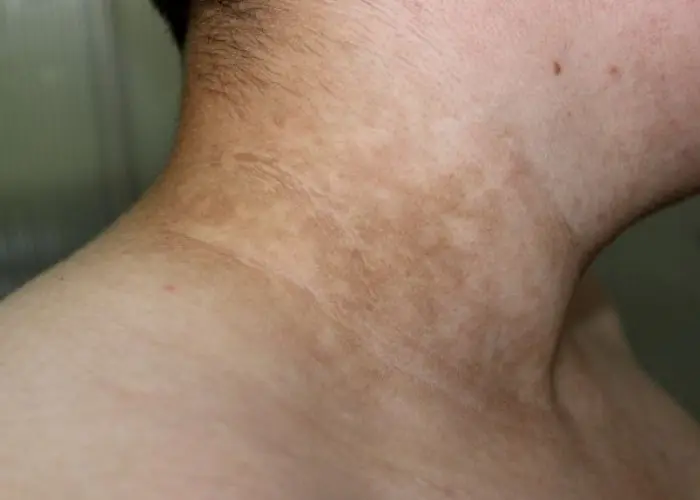
Acanthosis nigricans

Illness anxiety disorder

Nephrotic syndrome
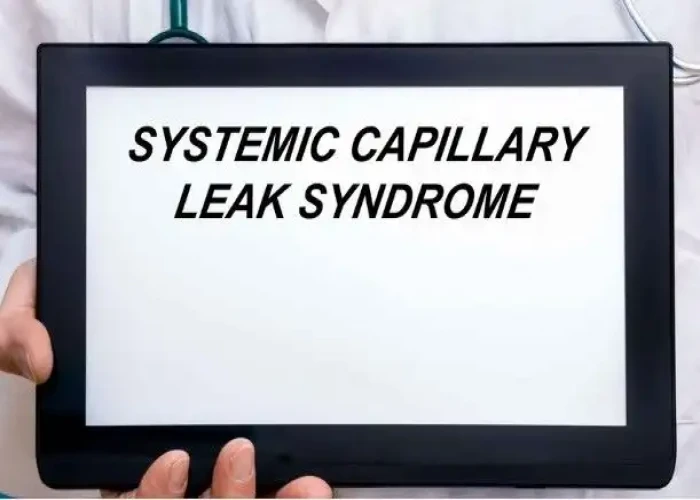
Systemic capillary leak syndrome

Bladder exstrophy
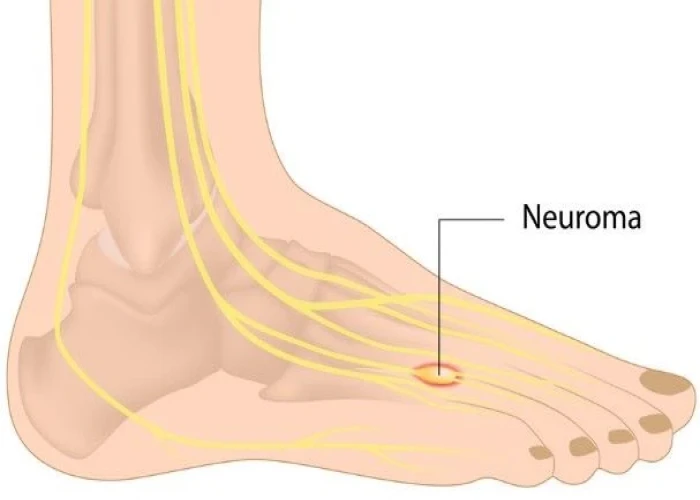
Morton's neuroma

Diabetic hypoglycemia
deviated septum, বিচ্যুত নাসামধ্য পর্দা
To be happy, beautiful, healthy, wealthy, hale and long-lived stay with DM3S.
